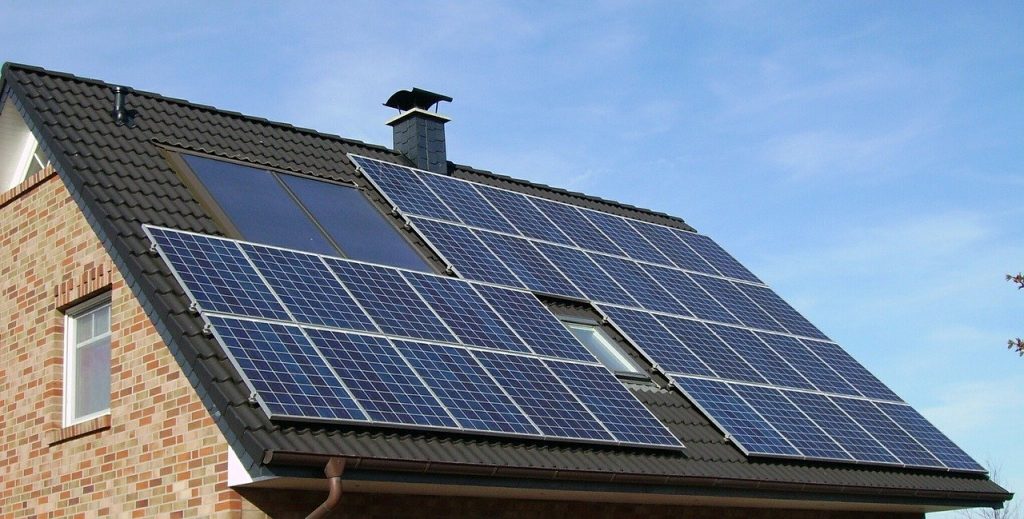Tactics To Help Cut Down Your Utility Costs
How To Comprehensively Reduce Utility Costs
Three primary words are going to represent your best strategy for reducing utility bills over the long haul: solar, rainwater, and time. A solar array, rainwater collection, and time to earn back your expenditure for such systems will represent your best bet at comprehensively reducing your utility bill every month until it approaches zero.

Granted, you don’t have to do something so extreme to cut down your recurring energy costs every month. It can also be helpful to simply exercise restraint in using things like water and electricity. The average American’s utility bill was calculated at $111.67 as of 2017. That’s $1,340.04 every year, or $13,400.40 over the course of a decade.
Reducing Overall Electricity Usage
The primary tactic people will use to cut utility costs down is avoiding too much energy usage during the day, reducing water waste, and being proactive about these disciplines. You can actually eliminate a lot of unnecessary cost this way.
It can also be advisable to explore websites that list available options in terms of energy providers for your home or apartment. You might not always have options in terms of the energy your apartment community uses, but for residences to learn what’s truly available to you, check out sites such as http://texaselectricityplans.com/.
Prices for localized electricity options generally fluctuate between 6 and 12 cents per kWh. If you’re paying 12 cents per kWh, that’s twice what you have to. However, the cheap option may not stay sustainable. Even so, if you’re willing to invest in a decade-long plan, you can have free energy and water hereafter.
The Solar Option
First, look into solar panels. A commercial solar panel installation at 250 Watts can be acquired for $120, or thereabouts. A solar array between 3.1 and 5 kWh (31 to 50 individual 100 Watt panels) will bring between $10k and $30k in value to your home. Now you can get a 250 Watt panel for $120, but let’s average your energy at $1 per Watt. California’s electricity rates are some of the highest in the country. See what the average electric bill in California looks like and how switching to solar can dramatically lower your monthly expenses.
So call such a 3.1 kWh to 5.0 kWh system $3,100 to $5,000 in solar panels alone. Now you’ve got to buy wiring, surge controllers, power inverters, and battery arrays. Golf cart batteries are ideal for battery arrays; you just get a couple and sequence them together so your needs are matched daily.
This can require a bit of experimentation, but if you’re smart about it, you’ll be able to get enough stored energy to more than account for your nightly needs. If you install all these things yourself, you can get the job done—at minimum—for $5k, and at around $10k at maximum if you hire out the installation process to the right people.

You’ll get your money back in terms of property value, you’ll likely see a tax break, and all that is in addition to the virtual elimination of your reliance on the grid. Now all you’ve got to do is install a rain barrel collection system with purification in your backyard, and with the appropriate pump apparatus.
Rain Barrels And Potential Long-Term Savings
The average American family uses 109,500 gallons of water annually; or 300 gallons a day; between toilets, showers, cooking, and washing. You can get a rain barrel of 500 gallons for $380. When you factor in the cost of pumps, call it $500; or $1 per gallon. So for $3,000 you can get 3,000 gallons of rain barrel water.
Properly collecting rain results in about a week’s worth of water with every storm. If you’re in a rainy area like Seattle, you’ll never need the grid again. If you’re in Phoenix, Arizona, this probably won’t work.
Still, for $13k, you can be almost totally grid independent in water and energy. Inside 10 years, you’ll start making money through associated savings. At the very least, you can cut your utility bill down substantially with such measures over the long-term.
